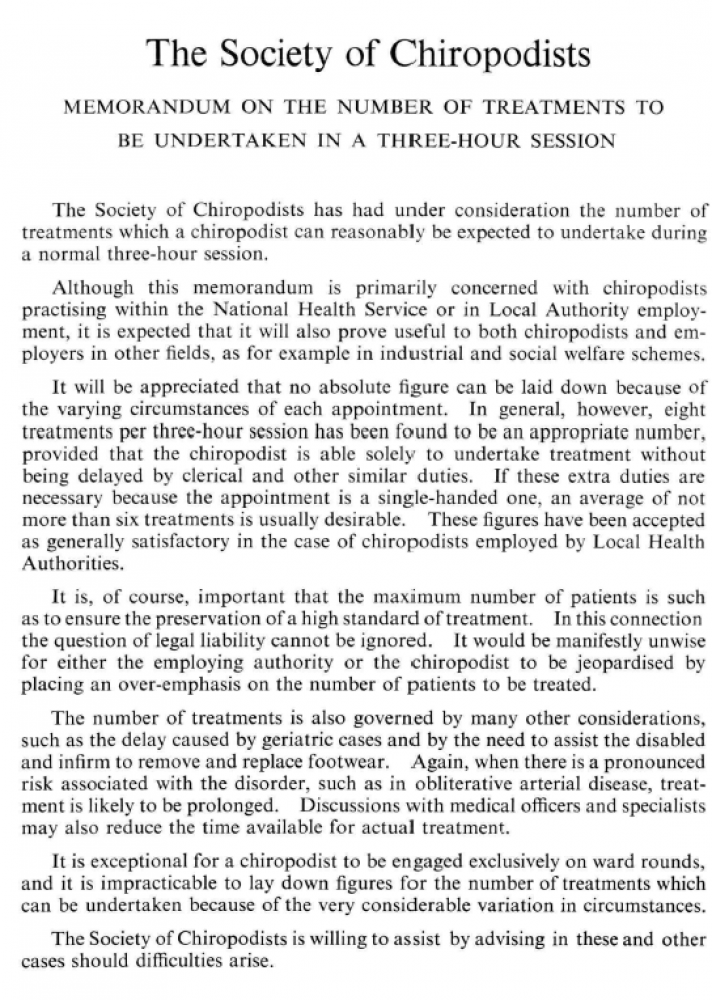Looking back: July 1975
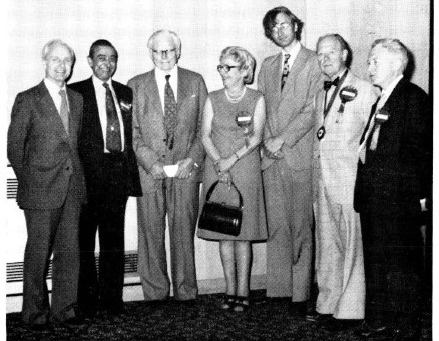
July 1975 saw The Chiropodist covering pay, the Federation Internationale des Podologues, and local analgesics. And finally, how many patients can you treat in three hours?
Local analgesics and the foot
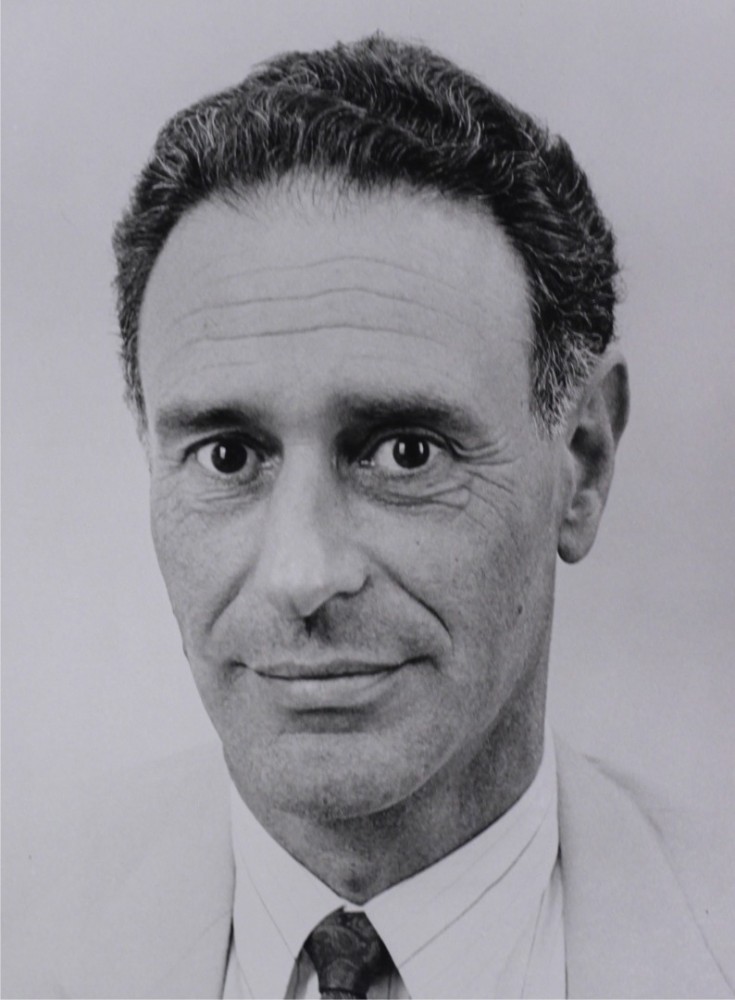
Louis Smidt
Louis Smidt was an important figure in chiropody and the Society of Chiropodists.
He qualified from the Manchester School in 1966 and was a lecturer at Salford by 1968. He became head of the London Foot Hospital in 1978 and then director of the William Scholl Unit of Chiropodial Development in 1986.
He was also became Chairman of the Society from 1985-1988.
In this edition of The Chiropodist, Smidt contributed an important paper regarding local analgesics (LA) and feet. Here are some excerpts:
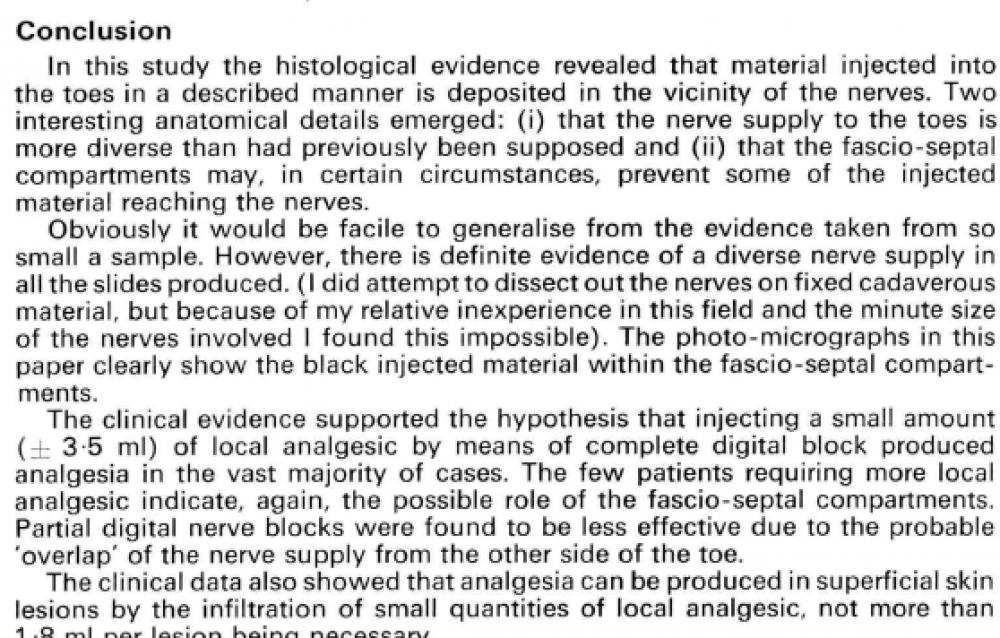
This important article provided so pivotal it was mentioned in his obituary in Podiatry Now in 2014
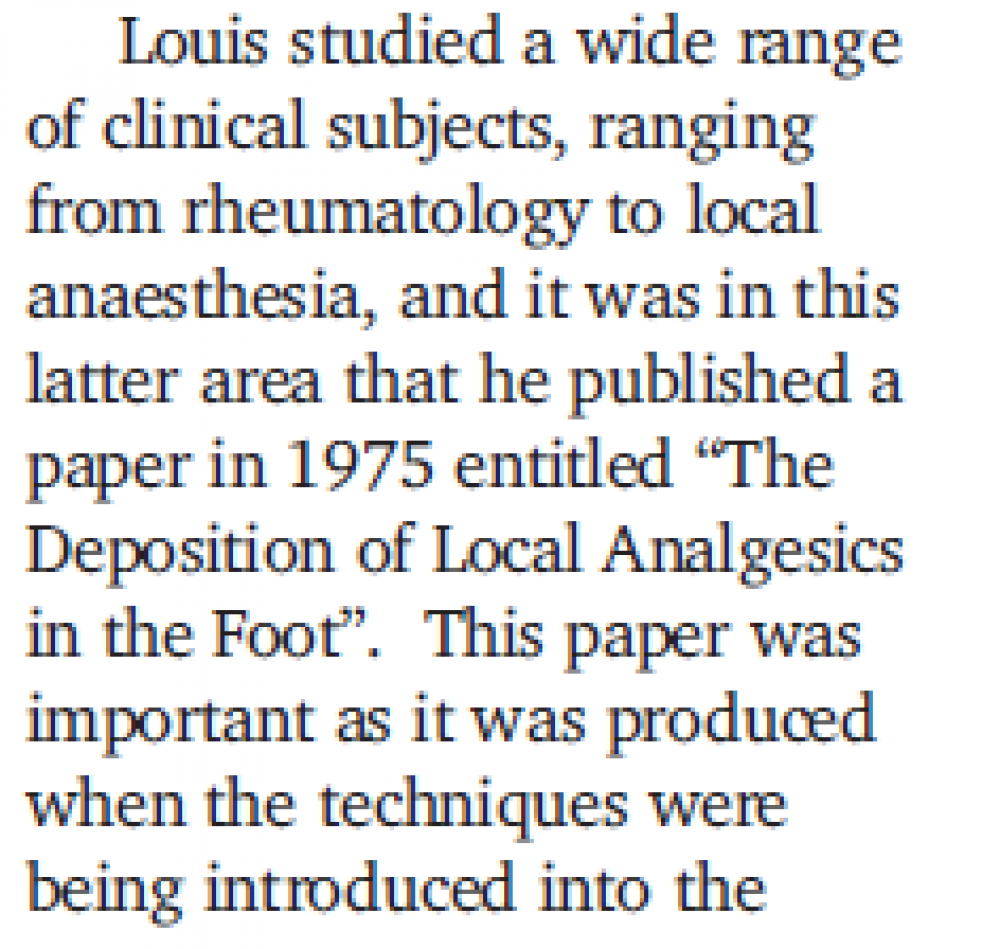

Following this article, special courses in LA began to be set up.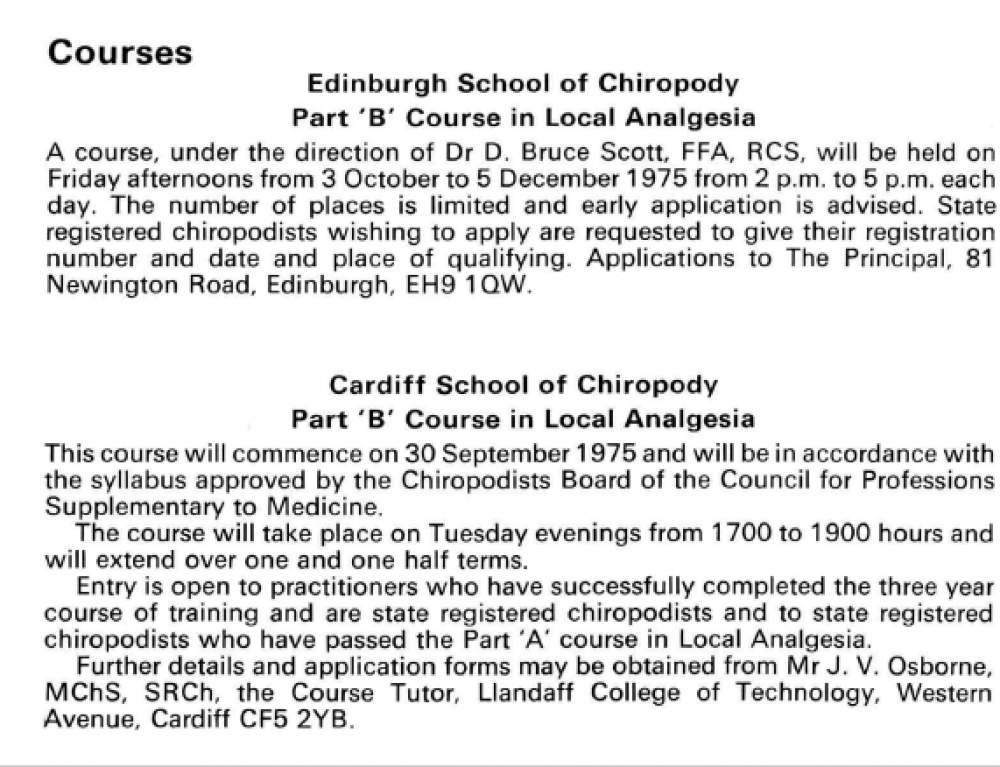
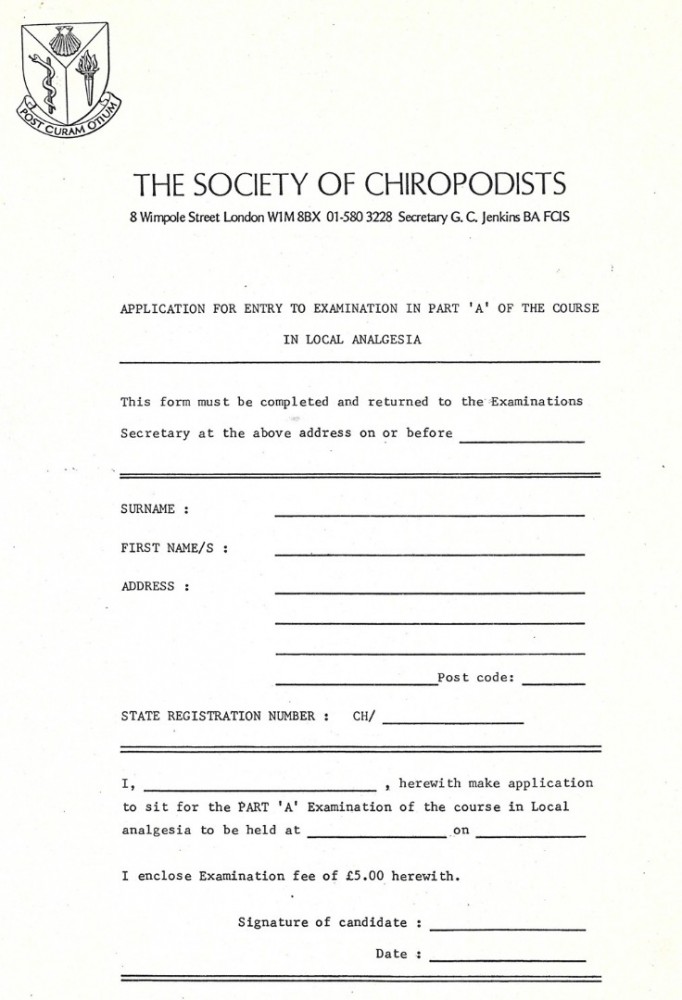
Federation Internationale des Podologues (FiP)
What is the Federation Internationale des Podologues (FiP)? It is the International Federation of Podiatry. The current mission statement of the FiP is: "to advance podiatry worldwide through education, advocacy, and strategic alliances for the benefit of those with foot and ankle ailments".
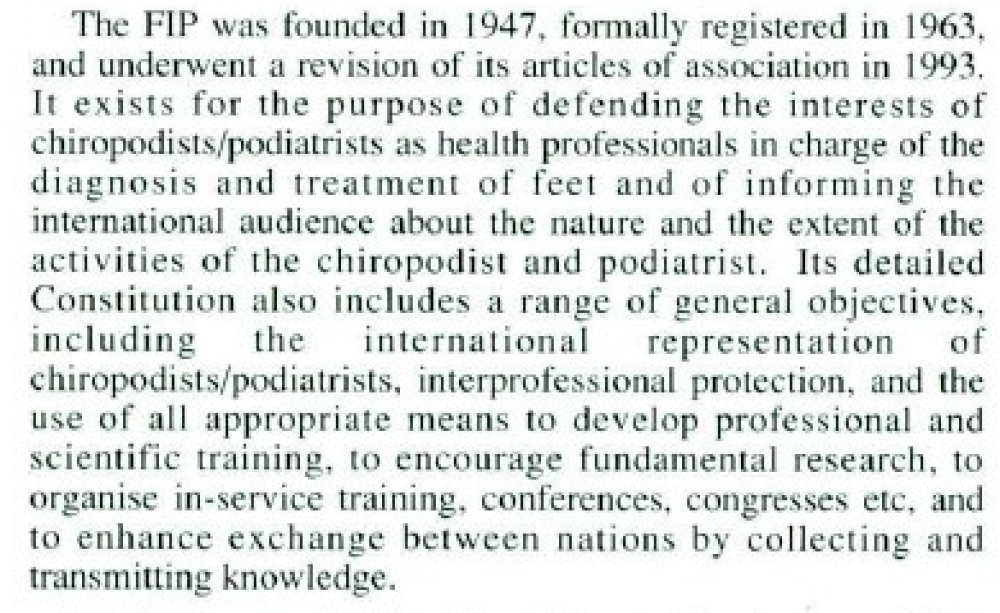
In 1975, an internal crisis at the FiP resulted in the Society withdrawing its membership. This seemed disappointing at time because of our new role within the EEC.
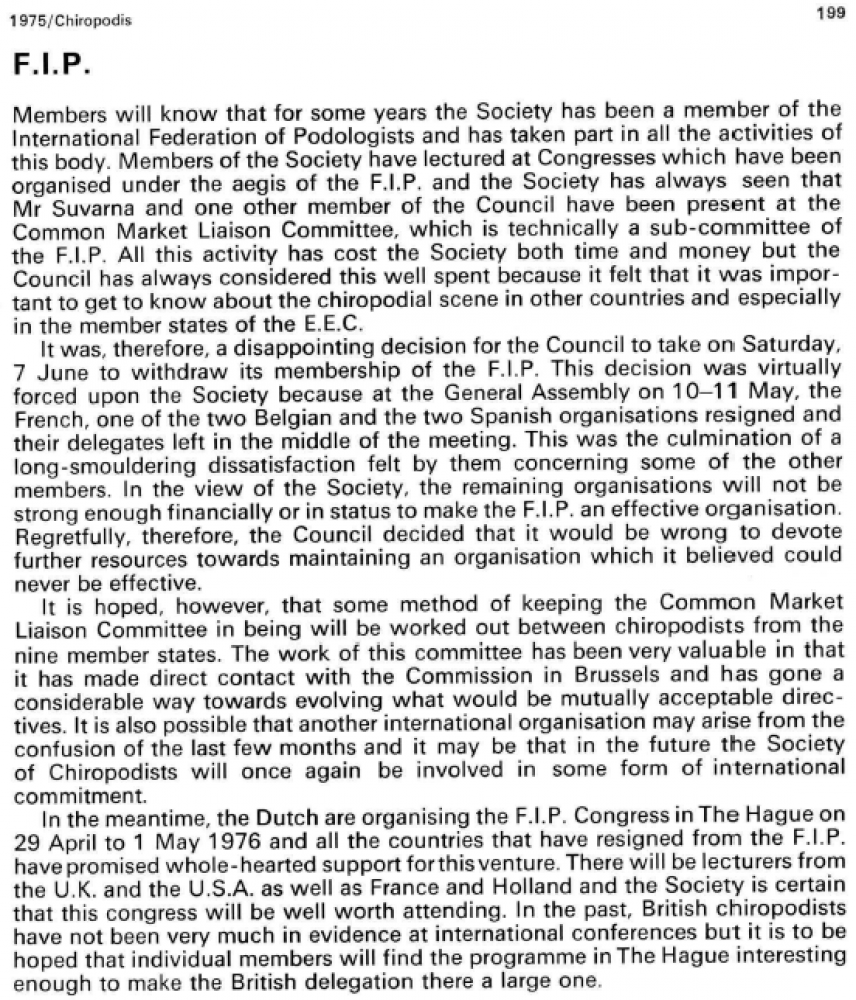
However, we did eventually rejoin and representatives of the Society attended the 1979 FiP convention in Barcelona.
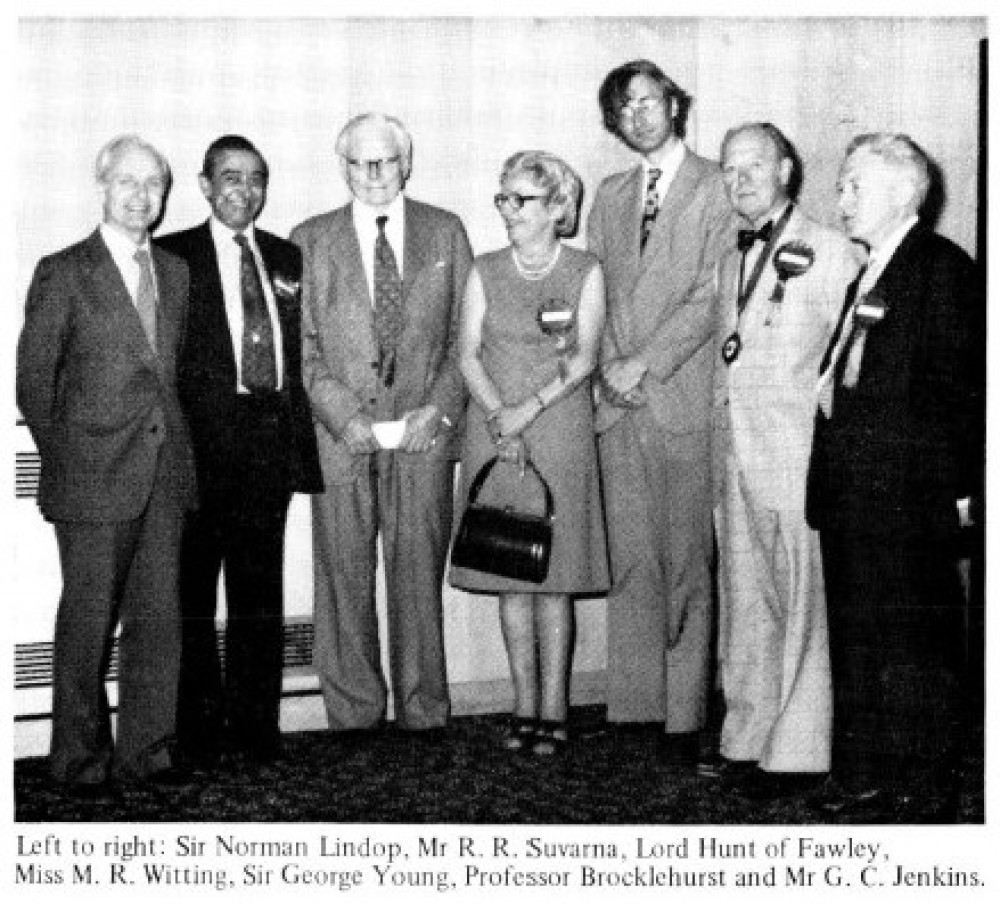
From left to right:-
- Sir Norman Lindop – representing the Council for Professions Supplementary to Medicine
- RR Survana – council member and FiP representative
- Lord Hunt of Fawley – President of the Society of Chiropodists
- Margaret R Witting – Chairman of the Society of Chiropodists
- Sir George Young – MP and Parliamentary under-secretary of stateat the Department of Health and Social Security
- Professor Brocklehurst – expert in geriatric medicine
- GC Jenkins – secretary for the Society of Chiropodists
The Halsbury Report and Chiropody
The 1974 Halsbury Report (formally the report on Pay and Related Conditions of Service of the Professions Supplementary to Medicine and Speech Therapists) was pivotal in elevating chiropody within the NHS. It led to new grading structures and pay scales via the Professional and Technical Whitley Council A, reinforcing chiropody's status as an allied health profession.
John Anthony Hardinge Giffard, 3rd Earl of Halsbury - was a British crossbencher peer and scientist. He was probably most well known for overseeing the Committee of the Inquiry on Decimal Currency in the 1960s.
There is an image of his official portrait at Art UK -
https://artuk.org/discover/artworks/the-earl-of-halsbury-chancellor-19661997-180506
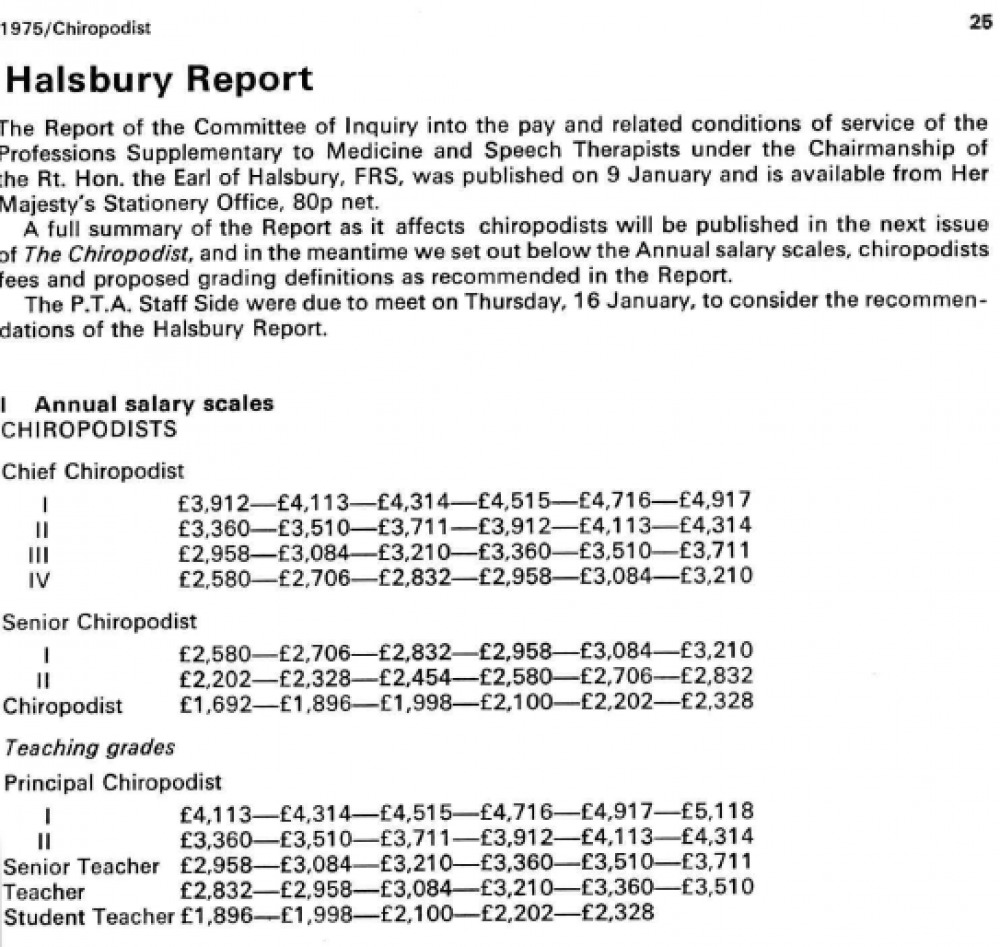
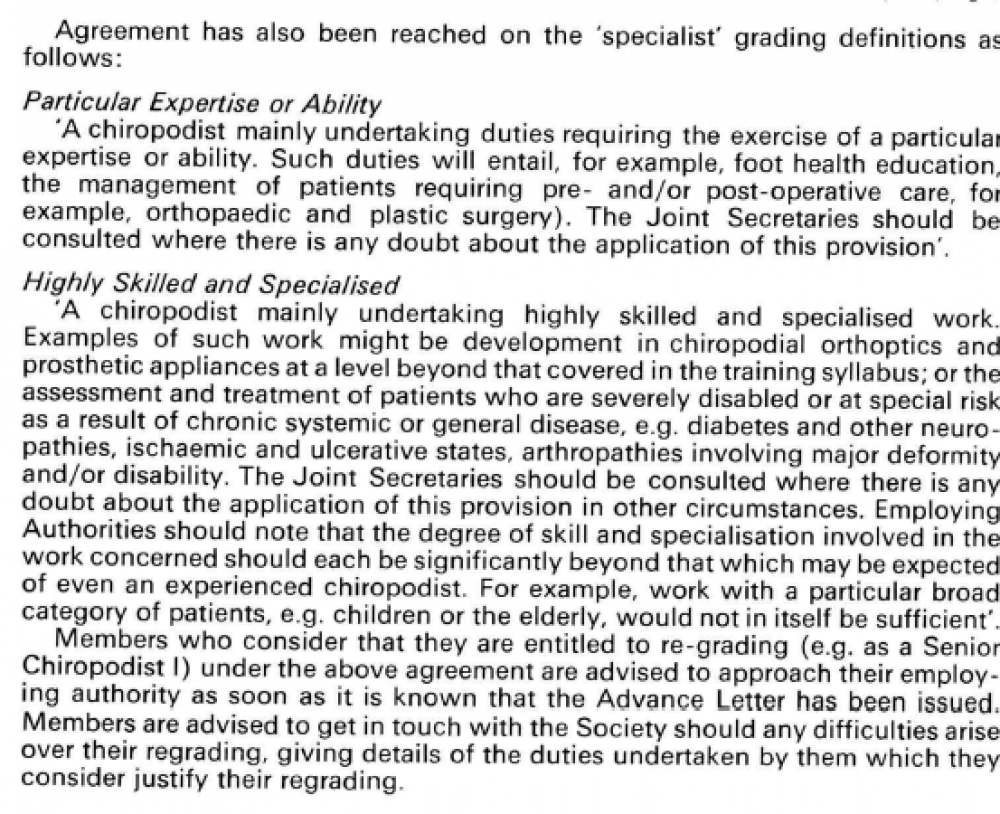
In addition to changes in pay scales, the report also had long term effects on the status of chiropody as a profession as well as the chiropody training. This included more stringent educational requirements and academic depth as well as laying the groundwork for a move from apprenticeship-style programs to university-based degrees in podiatry during the 1980s–1990.
How many patients
And finally – how many patients should you be able to treat in 3 hours? Eight it would seem, depending on the circumstances.
